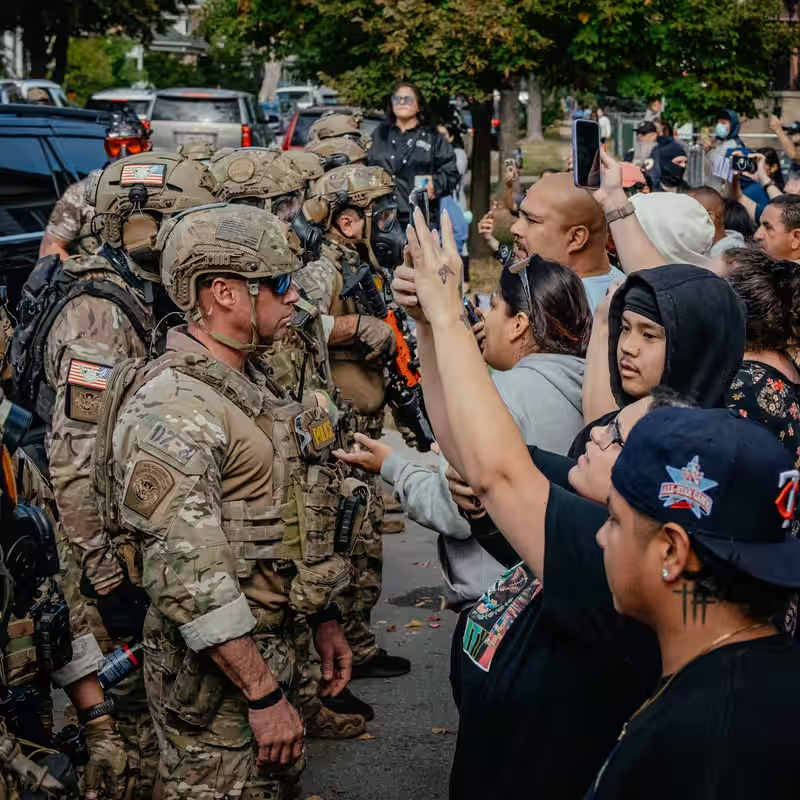Table of Contents
- Nationwide Call for ICE Encounter Footage
- Why Documenting ICE Interactions Is Crucial
- How to Safely Share Your Video
- Know Your Rights When Filming Federal Agents
- How Citizen Videos Have Shaped Immigration Reporting
- Sources
The New York Times Asks Public to Submit ICE Encounter Videos
In an unprecedented public appeal, The New York Times is urging residents across the United States to share videos of interactions with U.S. Immigration and Customs Enforcement (ICE) agents. The request comes amid a sharp increase in federal immigration enforcement operations—from Chicago to El Paso—and growing concerns about transparency and accountability.
“We’re seeking firsthand visual documentation of how ICE operates in communities,” the newsroom stated in a public notice published October 14, 2025. “Whether it’s at a workplace raid, a home visit, or a public street encounter—your footage could help uncover patterns, practices, and potential abuses.”
Why This Matters Now More Than Ever
With ICE ramping up arrests under renewed federal directives, many communities report feeling targeted yet voiceless. Videos from ordinary citizens have become vital tools for journalists, legal advocates, and policymakers trying to understand the real-world impact of immigration policy.
Recent examples include Chicago residents using car horns and neighborhood WhatsApp groups to alert others when ICE vehicles are spotted—and filming the aftermath. In Texas, bystander footage revealed agents entering homes without clear identification, sparking local protests and congressional inquiries.
“Without public documentation, these encounters happen in the shadows,” said a senior Times editor. “Video evidence brings them into the light.”
How to Submit Your Footage Safely and Securely
The Times has set up a secure, encrypted portal for submissions to protect the identity and safety of contributors:
- Visit nytimes.com/tips
- Use Signal or WhatsApp to send videos directly to verified reporters (contact info provided on the tips page)
- Include date, location, and brief context—but do not put yourself at legal or physical risk
The newsroom emphasizes that it will not publish identifying details without explicit consent and will work with legal partners to assess potential risks before reporting.
Your Right to Film Federal Agents
In most public spaces, it is legal to record federal officers—including ICE—as long as you’re not interfering with their duties. Key rights include:
- You may film from a safe distance on public property
- Agents cannot confiscate your phone or delete footage without a warrant
- You are not required to identify yourself or explain why you’re recording
However, legal experts advise caution: avoid blocking agents, entering private property without permission, or escalating confrontations.
When Citizen Videos Changed the Narrative
In 2023, a viral video from Arizona showed ICE agents detaining a father outside his child’s school—prompting national outrage and a temporary policy review. In 2024, footage from a Brooklyn factory raid revealed agents failing to present warrants, leading to a federal lawsuit.
“These aren’t just clips—they’re historical records,” said immigration attorney Lila Chen. “They hold power accountable.”
As enforcement intensifies, The Times hopes this crowdsourced effort will build a comprehensive, nationwide picture of ICE’s evolving tactics—and the human stories behind them.




